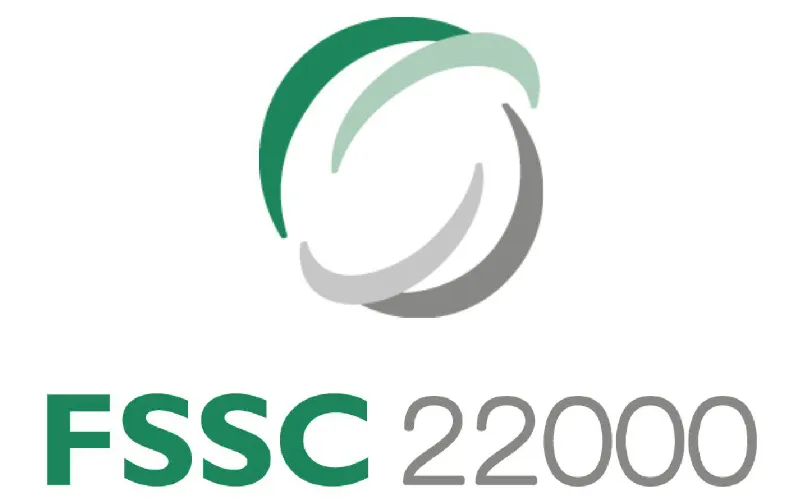What’s behind the safety of the food that reaches every consumer’s table? If you work in the supply chain, research and development in the food or beverage industry, this article will interest you. Below, we will explore how FSSC 22000 certification is crucial to food safety.
FSSC 22000: what does it consist of?
Firstly, the standard represents a certification scheme aimed at managing food safety and security. In turn, its main focus is to ensure and control the risks associated with production in companies in the food sector.
Secondly, it provides the necessary guidelines for the implementation of integrated management systems. Thus, it enables the identification, control and minimization of food safety risks. In addition, it offers good practices in:
- Agriculture.
- Food manufacturing.
- Distribution, supplier management and reverse logistics.
- Food preservation.
Likewise, its importance focuses on ensuring food safety, complying with regulations and maintaining a good reputation in the food industry. It also fosters innovation and competition in a global marketplace, contributing to a safer and more reliable food supply for consumers.
How are safety and quality assured?
At the same time, FSSC 22000 certification plays a vitally important role in the food industry for several reasons:
- Reduces health risk by employing a hazard analysis and critical control point system.
- Promotes collective responsibility among collaborators.
- Improves operating processes and raises the quality of food products.
- Demonstrates compliance with international regulatory requirements.
- Enhances brand reputation by supporting sustainability, quality and reliability.
- Ensures product integrity, which strengthens consumer confidence in the food industry.
Key steps for the implementation of FSSC 22000
To produce tropical fruit purees, simple juices and concentrates, certification involves the following key steps:
- Identification of hazards and critical control points in the food production chain, including raw material management.
- Establish preventive measures for the control of what was identified in the previous step.
- Determine prerequisite programs to ensure food hygiene and safety according to the standard.
- Implement a quality management system that encompasses documentation, review and continuous improvement of processes.
- Conduct internal audits to assess compliance with the requirements of the standard.
- Contract an accredited certification body to carry out external audits and grant the corresponding certification.
Consequently, these steps lead to compliance with food safety standards and applicable regulations.
Ensure food safety and take care of your consumers
In conclusion, adopting this certification is vital to ensure food safety, protect consumers and take advantage of strategic opportunities. It also improves product quality, builds customer confidence and facilitates access to international markets. Undoubtedly, investing in food safety is key to a successful future.
Bibliographic references
- Borges , I., González, Y., & Soledad, B. (2023). Design of a Food Safety Management System Improvement Plan based on ISO 222000 in a Flexible Packaging Manufacturing Company. Tekhné, 26.
- Foundation FSSC 222000. (2019). FSSC 222000 Scheme Version 5. FSSC.
- Vega, G. (2022). FSSC 222000: why choose it and get certified? Food Tech.






